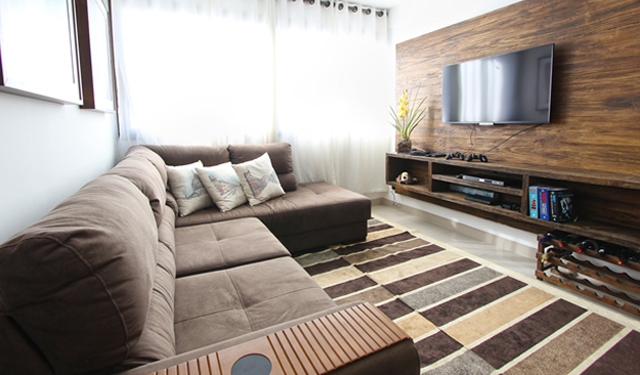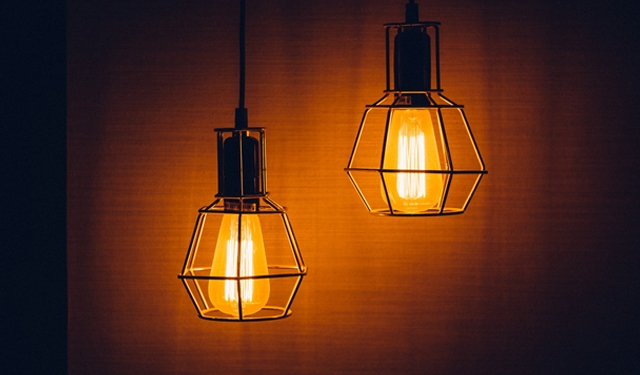Most of the time, people want a living room that’s full of vibrant colors and life. After all, a living room is where you and your family spend the time to forget about the problems you encounter everyday temporarily.
Aside from comfy pieces of furniture, a warm and welcoming ambiance, with the handmade area rug, light plays an important role in uplifting a person’s mood. This fact is the reason why people always consider light as an important factor when creating a good, livable space. Here are some tips that will surely let you have a good living room.

1) Consider Function:
Before anything else, a function is an important factor that you need to consider when putting up lights in your living room. Will you read in your living room? Will you watch movies there? Will you eat snacks with your family or friends there? Questions like these are important so that you’ll get the best out of your plans.

2) Knowing Lighting Functions:
There are three lighting functions that you need to know about which will be crucial in fulfilling the living room of your dreams.
General Lighting -
Also known as Ambient lighting, lights under these category act as the whole light for the room. Chandeliers, track lights, sconces, and pendants are good examples of lights that provide ambient lighting.
Task Lighting -
Task lighting refers to the light that you use when you’re reading or working. It is a good idea that your task light is much brighter than your ambient lighting. The reason for this is that you need to focus the light on a specific place or area that you’re working. An example of task lighting is modern table lamps and lampshades

Accent Lighting -
Ever wonder why certain centerpieces gather attention? It’s because of the lighting around them. Accent lighting highlights specific places in your living room or any room for that matter so people who’ll see these pieces get to focus on their beauty. Museums are good places where you can see accent lighting at work.
Examples of accent lighting include wall lights and landscape lights. These lights do a good job of highlighting a centerpieces’ unique styles and features.
3) Knowing your Light Bulbs:
Now that you know about the several lighting functions, it’s time to know more about light bulbs. Light bulbs are important and can make or break the mood of your living room.
Incandescent - These light bulbs are found almost everywhere. Although they’re a staple for any easy DIY projects, these light bulbs are slowly being phased out due to other efficient light bulbs available. Incandescent light bulbs produce a yellow to orange light which is warm and calming.
CFL - CFL’s or Compact Fluorescent Lights are bulbs that use lesser energy than a traditional light bulb. Due to its efficiency, CFLs last longer than incandescents. They are also known for producing a calmer tone than most light bulbs.
LED - Similar to CFLs, LEDs are primarily used for Task Lighting. LEDs are more efficient and last three times longer than a CFL. Although LEDs are more pricey than other light bulbs, they are more efficient in the long run.
4) Halogen - Another alternative for incandescents, halogen bulbs use 20% less energy. Halogen lights produce a more natural light and are warmer. These bulbs are good for task lighting.
5) Takeaway :
Now that you know about different types of lighting, you can have an idea on where to put lamps and another lighting in your living room. Another good thing to know about is the several types of light bulbs. When you know basic information such as those mentioned above, you’ll have no problem setting up your living room to suit you and your family’s mood better.
Read More: Don’t Sweep it Under the Rug: 7 Reasons Why Rugs Are Essential to the House
